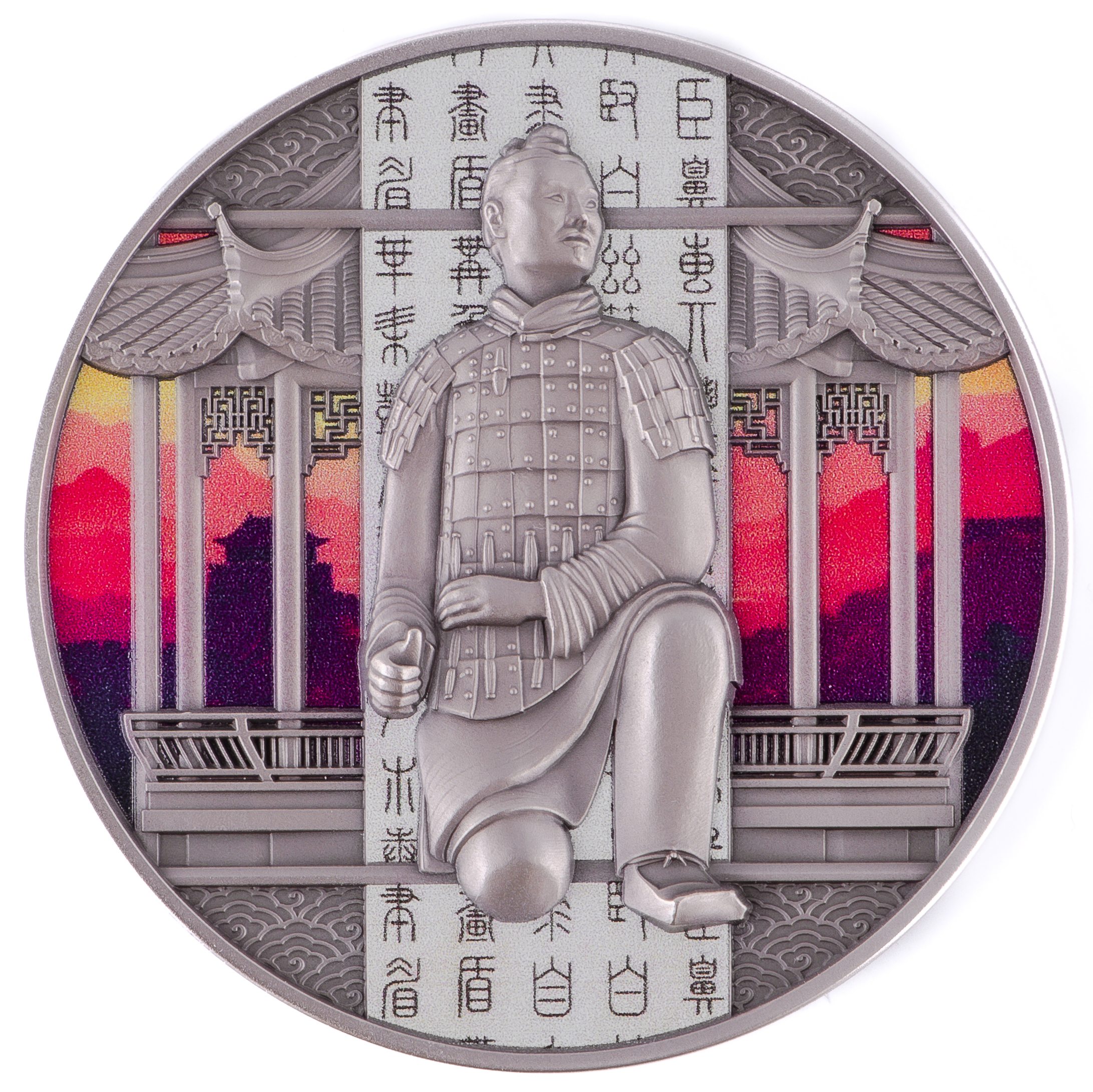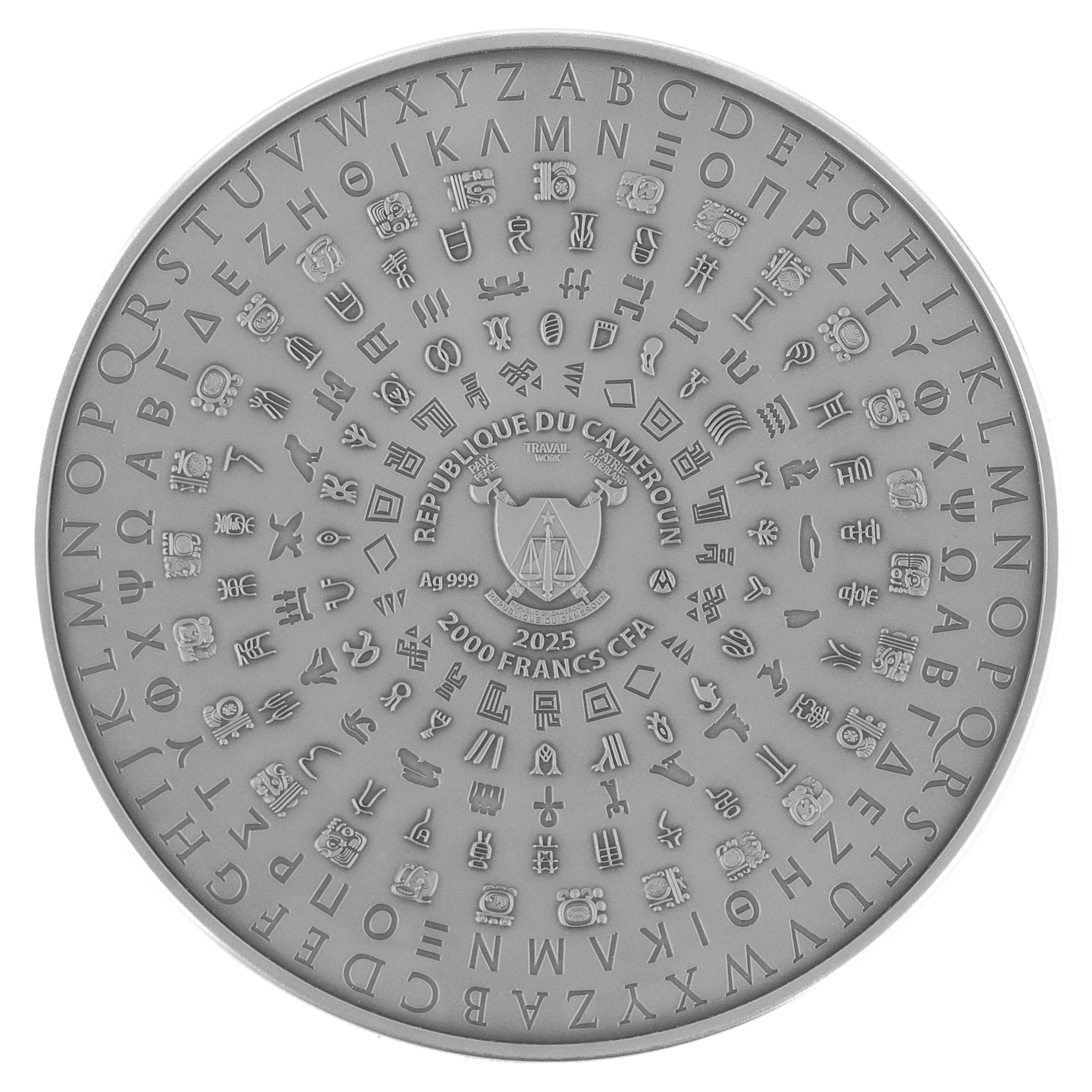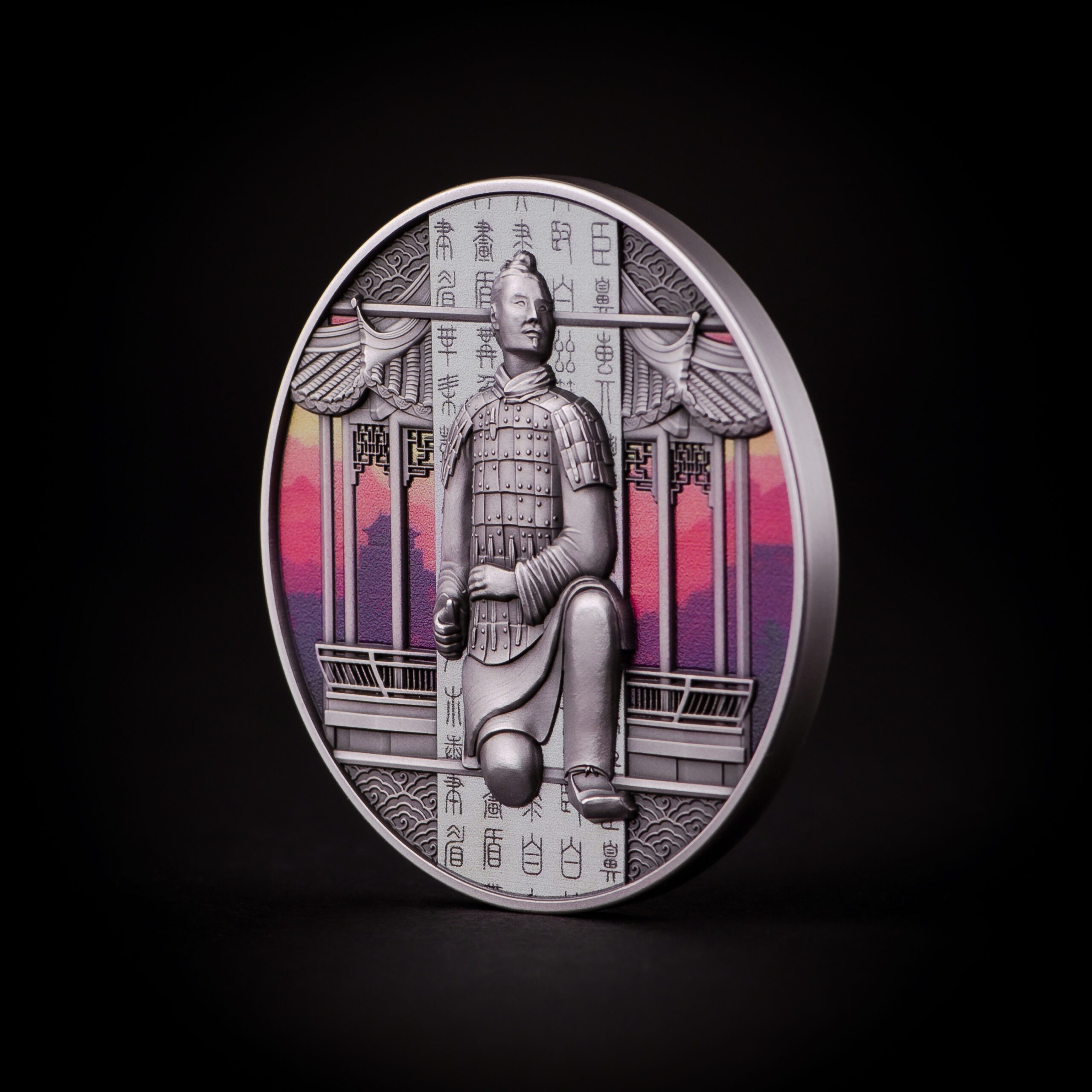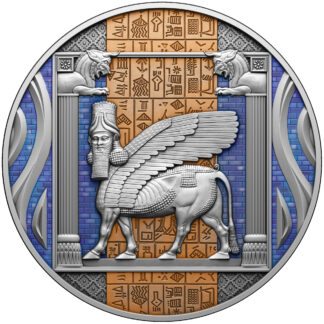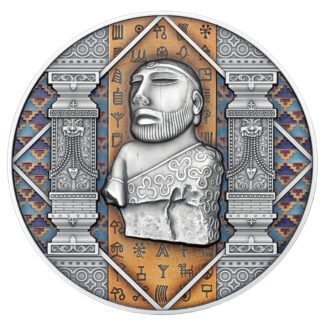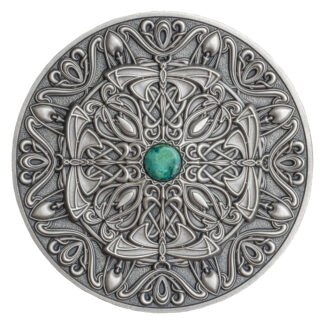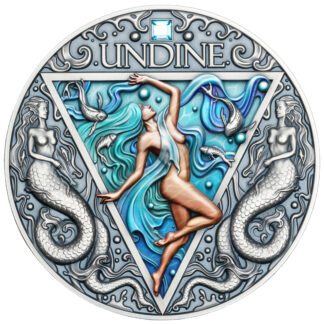Description
7 Groundbreaking Ancient Civilizations that influence us today
Around 12,000 years ago, humans hunkered down. Though they had previously traversed the planet to forage for food, people made the decision to devote themselves to agriculture and spent their days planting seeds, picking produce and amassing the world’s first food surpluses.
Ultimately, the security provided by abundant food allowed portions of the human population to concentrate on converting small, agrarian settlements into vibrant cities. They could construct towering temples and palaces and throw themselves into the burgeoning endeavors of art, philosophy and politics.
Here are seven ancient societies that have gained a reputation for their ingenuity and innovation. (The exact timelines for these civilizations are approximate and subject to academic debate.)
Ancient and Early Imperial China (2070 B.C. to A.D. 220)
The Yellow River Valley of China fostered one of the world’s oldest civilizations. The first farming settlements appeared there around 5000 B.C., and from these modest foundations grew a centralized government. Starting with the Xia (2070-1600 B.C.), several successive dynasties dominated Chinese civilization. These kingdoms supposedly sustained themselves by divine decree, an idea that developed into the “Mandate of Heaven.” This political philosophy encouraged rulers to act as stewards of their people and warned against bad behavior.
In both tranquil and troubled times, Chinese culture flourished. In the Shang Dynasty (1600-1046 B.C.), Chinese scribes wrote with characters that resemble those used today, and by around 400 B.C., the ideas of famous figures such as Confucius began blossoming into full-fledged belief systems stressing virtue and filial piety. Beyond these philosophical achievements, Chinese artisans created the first silk and the first forms of paper. They also fashioned the first block printing processes and maritime compasses. The traditions of acupuncture and herbal medicine have become one of China’s longest-lived contributions. Additionally, Chinese builders are famed for constructing and connecting the first portions of one of the most impressive architectural accomplishments of all time: the Great Wall. This tremendous work started as early as the 7th century B.C.
Terracotta Army
Thousands of life-sized clay sculptures form the extraordinary Terracotta Army which represents the soldiers and officers together with chariots and horses who served under Qin Shi Huang the first Emperor of China. The emperor buried these sculptures with him between 210-209 BCE to form an underground military force that would protect him after death and maintain his eternal power. Overview and Location: The Terracotta Army rests in Xi’an Shaanxi Province of China. Local farmers discovered the underground site in 1974 when they began digging a well which exposed the vast complex that still receives ongoing preservation efforts. Size and Composition: A large number of pits at the site contain about 8000 soldiers together with 600 horses and 130 chariots within the main excavation pit. The smaller excavation sites house military weapons together with additional soldiers and random figures. The military figures reach life dimensions with minor height variations which distinguish different positions and ranks in the army. Craftsmanship and Details: Each sculpture shows one-of-a-kind features including facial expressions and hairstyles and clothing and armor which depict military ranks and ethnic backgrounds of the ancient Chinese forces. The figures started their existence with vivid colors but these colors faded away through time. The soldiers stand in three different positions ranging from formal postures to kneeling and combat-ready stances which showcase both artistic skill and realistic representation. Materials and Construction: The creation of figures involved mold-casting combined with hand-modeling methods using terracotta clay that reached high firing temperatures. The figures required wiring and assembly into sections before the firing and painting process. Significance and Cultural Value: Through the Terracotta Army we gain profound knowledge about Chinese art history along with military warfare and burial customs of the past. The site shows the complete authority of Qin Shi Huang and the critical position he gave to death ceremonies. The site stands as one of the most significant archaeological findings from the twentieth century and maintains its position as a UNESCO World Heritage Site. Current Conservation and Viewing: The Terracotta Army Site functions as an open-air museum where visitors can see excavated pits alongside reconstructed statues. Current activities focus on preservation work alongside research activities to expand knowledge about the extensive subterranean mausoleum. The archaeological wonder can be observed by visitors who also receive information about its historical background and view its massive scale and masterful construction.
Chinese archaic script style
The small seal script is an archaic script style of written Chinese. It developed within the state of Qin during the Eastern Zhou dynasty (771–256 BC), and was then promulgated across China in order to replace script varieties used in other ancient Chinese states following Qin’s wars of unification and establishment of the Qin dynasty (221–206 BC) under Qin Shi Huang, the first emperor of China.

